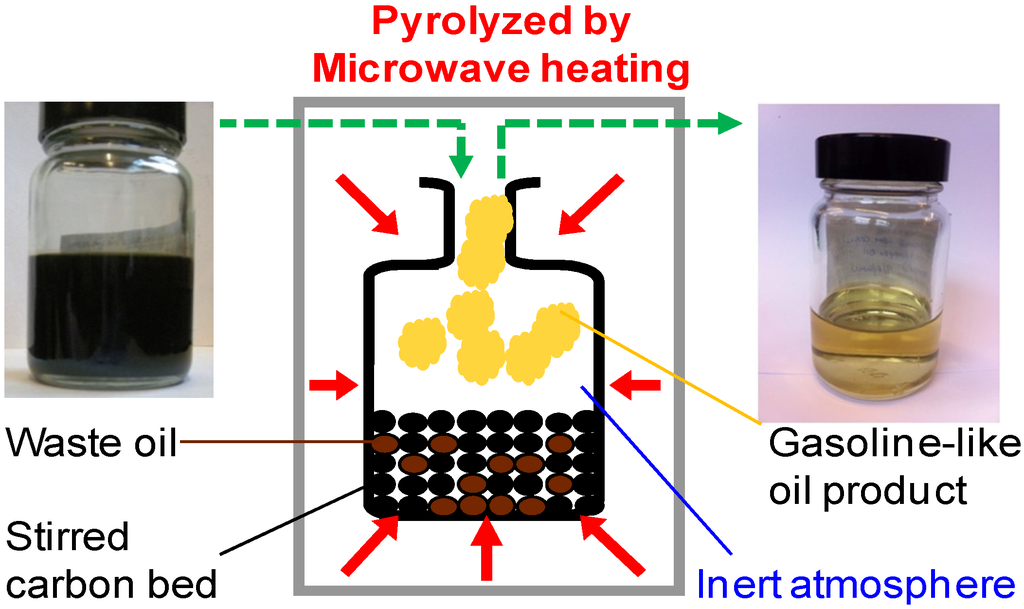

So if Tesla is “really an energy company,” it’s even more screwed than if it’s just a car company! Hype From Tesla Bulls the previous quarter, despite a massive increase in net accounts payable.)Īnd for those of you who think that Tesla is “really an energy company,” in Q1 “Tesla Energy” had revenue of just $616 million (down 10.5% sequentially) and cost of revenue of $688 million, meaning it had a negative gross margin.
#Natron energy valuation free#
(Also, Tesla’s Q1 free cash flow was only around $1.8 billion, a drop of almost $1 billion vs. Adjusting for these factors, Tesla had GAAP earnings for the quarter that were at least $1/share lower than the posted $2.86, and annualizing that realistic $1.86/share to $7.44 means that at April’s closing price Tesla (on a no-growth quarter) had a PE ratio of around 117 vs. Meanwhile, the “record” profits that accompanied Q1’s nearly flat delivery number were obtained via myriad one-time items, including $679 million of emission credit sales that will disappear over the next year or two as every automaker ramps up its EV sales, a mysterious $502 million reduction in SG&A expense (of which only $140 million was due to reduced stock comp) despite opening new factories in Germany and Texas (what is Tesla capitalizing instead of expensing?) and a combination of FIFO accounting and multiple sticker price increases that allowed Tesla to expense rapidly rising raw materials costs at older, lower prices while selling cars built from those materials at new, considerably higher prices. & European capacity will expand to 200,000.) The worst thing that can possibly happen to “the Tesla story” will be when its German and Texas plants are fully operational and the subsequent excess capacity stares the world right in the face, thereby ending its myth of “unlimited demand” (especially at current, drastically-raised prices, where the cheapest Model 3 now starts at $47,000 and the cheapest Model Y begins at $63,000) in fact, look for margin-destroying price cuts by late this year or early 2023. & Europe and tens of thousands more for China, but in 2023 U.S. (Current annual Mach-E production capacity is around 65,000 for the U.S. Yes, the company is chip-constrained, but its competitors (who, unlike Tesla, are unwilling to delete safety equipment or use untested chips to maintain production) are even more constrained, and in fact waiting times are longer for Tesla’s direct EV competitors than they are for a Tesla for instance, Ford’s Mustang Mach-E is so in demand that it has even halted additional orders for the 2022 model year. the previous quarter, and even that was only “achieved” by a sneaky redefinition by Tesla of what “a delivery” is. In fact, in April Tesla reported that Q1 deliveries were sequentially nearly flat (just 1398 additional cars, a gain of just 0.45%) vs. I believe Musk knows that Tesla is “the next Netflix” (hence his recent “Twitter buying distraction”), with VW, Hyundai/Kia, Ford, GM, BMW, Mercedes, BYD & other Chinese competitors and, in a few years, Toyota & Honda, being the Disney, HBO Max, Amazon Prime, Peacock, Hulu, Paramount +, etc., of the electric car market, stealing Tesla’s share and eventually pounding its stock price down 95% or so from today’s, into the valuation of “just another car company.”


For years Netflix had an absurd valuation based on its pioneering position in streaming media, but once it proved that such a market existed myriad competitors swarmed all over it, and in April the stock collapsed when we learned that not only is Netflix no longer in “hypergrowth” mode but for the first time since 2011 (when it transitioned from physical DVDs) it actually lost subscribers. And Here’s Tesla's Competition In Storage Batteries.įor years I’ve said “Tesla is Blackberry”-the maker of a first-generation version of a product that-once the market was proven-would be supplanted into niche obscurity by newer, better versions now I can provide a much more recent analogy: Tesla is Netflix. Here’s Tesla’s Competition In Autonomous Driving.


 0 kommentar(er)
0 kommentar(er)
